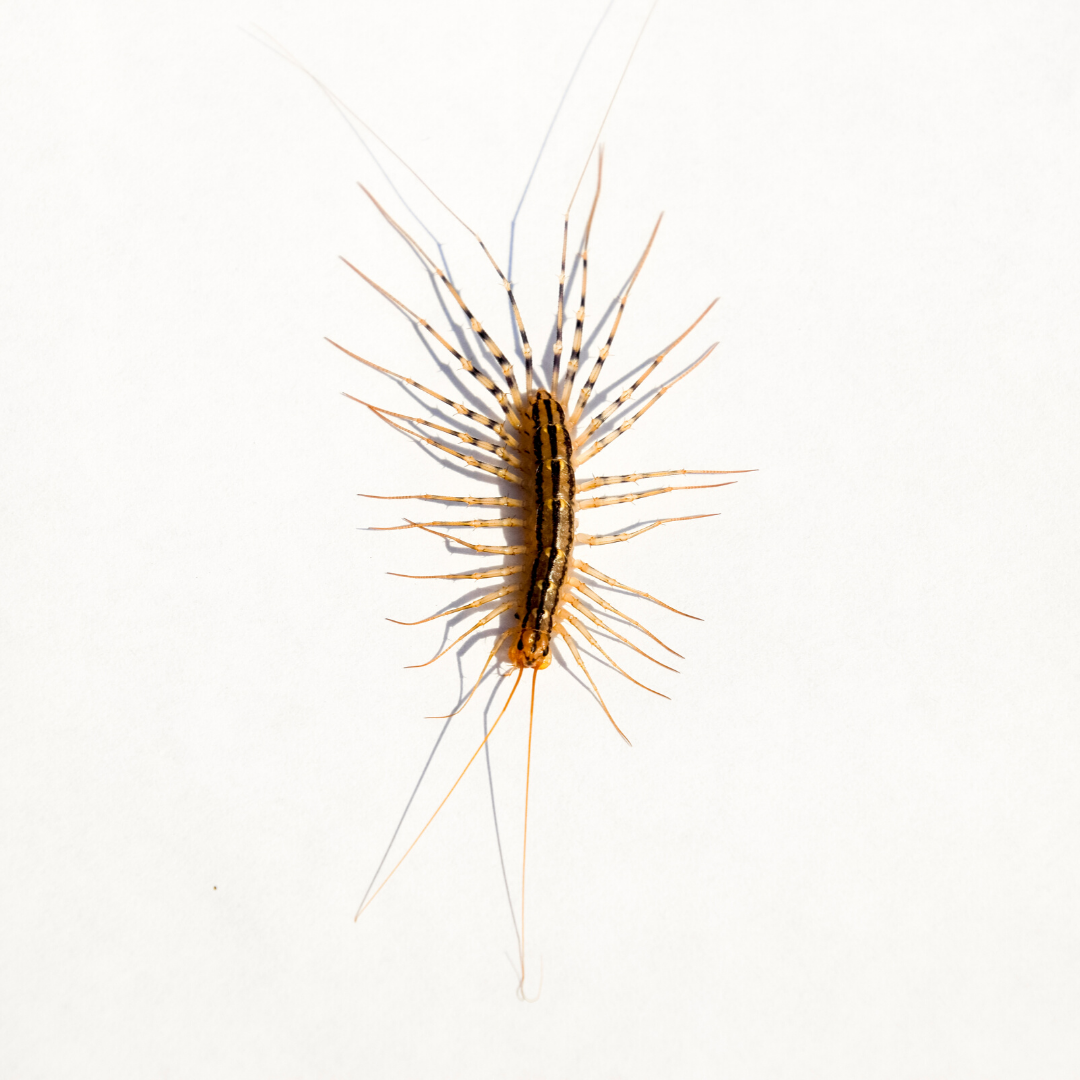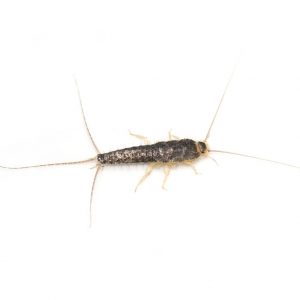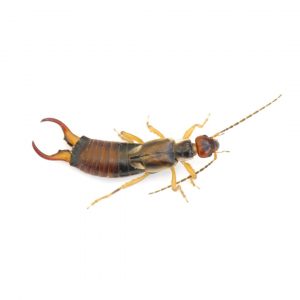Description
House Centipedes in Spokane, WA and Coeur d'Alene, ID
House centipedes are a very common pest throughout the United States. With fifteen pairs of long and slender legs, these invertebrates can appear strange and frightening. However, they are actually harmless beneficial creatures that can help control the populations of pests like cockroaches and spiders. House centipedes typically live outdoors in dark and damp areas like leaf litter, potted plants, or other organic materials. If they make it indoors, though, they are usually drawn to high-moisture areas such as bathrooms and kitchens. Because house centipedes are not great climbers, they may end up trapped in sinks or tubs.
House Centipede Habitat
House centipedes require high amounts of moisture to survive. Outdoors, this means they are often attracted to dark and damp hiding places like beneath stones, boards, logs, and leaf litter. If inside, they are usually found in moist cellars, bathrooms, and similar areas. Most house centipedes are nocturnal and spend the nighttime hunting, mainly for insects and spiders. Though these creatures are known for their strange appearance and lightning-quick movements, they are not aggressive and are generally harmless to humans.
House Centipede Behaviors, Threats, or Dangers
House centipedes possess a pair of poison claws located right behind their head, which they use to poison and paralyze their prey. However, house centipedes are not aggressive to humans, and their jaws are weak. Their bites are rare and typically only result in mild pain and swelling similar to that of a bee sting. Though house centipedes are not a danger to humans, they can be bothersome if they enter your home. Since these creatures are drawn to water, their presence could also be a sign of an underlying moisture problem – possibly due to a leak or plumbing issue. If you notice an excess of house centipedes in your home or yard, contact your local exterminators today to rid your home of them.
Need help with House Centipede control?
We'll call you! Leave your information below.



